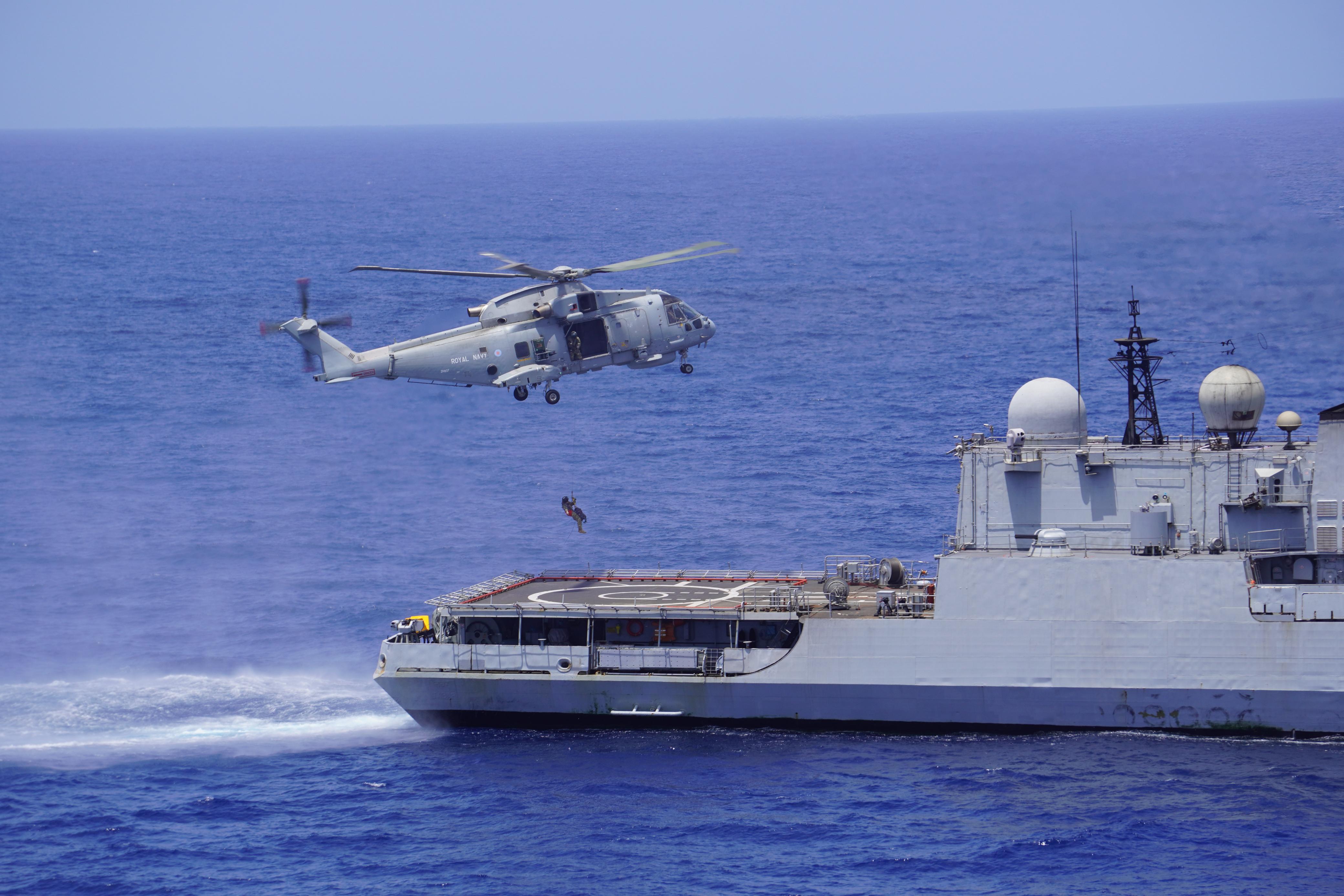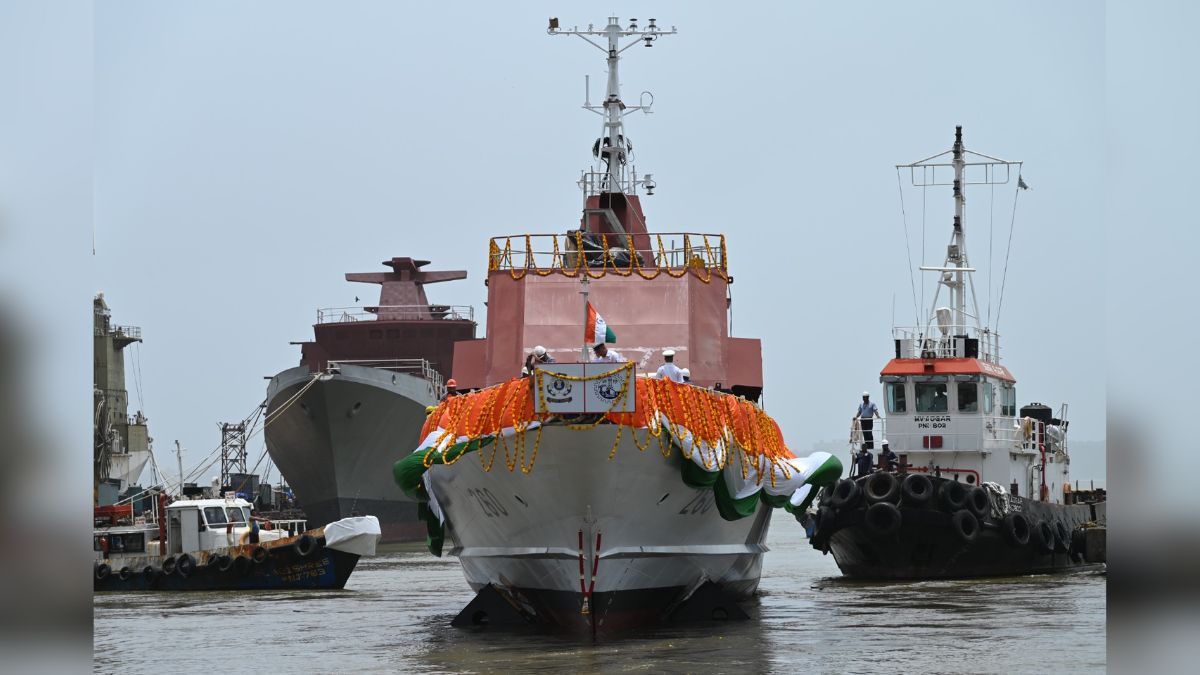Indian Navy Joins Forces with UK Carrier Strike Group in High-Stakes PASSEX

India-UK naval exercise PASSEX underway. Image Courtesy: Indian Navy
In a significant display of bilateral maritime cooperation, the Indian Navy conducted a Passage Exercise (PASSEX) with the United Kingdom (UK) Carrier Strike Group in the North Arabian Sea on June 9 and 10.
The exercise featured the Indian Navy’s frontline platforms, including the stealth frigate INS Tabar, a submarine, and a P-8I maritime patrol aircraft. The UK contingent comprised the aircraft carrier HMS Prince of Wales and the frigate HMS Richmond.
What was the objective of the PASSEX with the UK Carrier Strike Group?
The primary aim of the PASSEX was to enhance interoperability and operational synergy between the Indian Navy and the Royal Navy, while reinforcing mutual commitment to regional maritime security and the rules-based international order.
Which Indian and UK naval assets took part in the exercise?
From the Indian side, the PASSEX included INS Tabar (a Talwar-class stealth frigate), a submarine, and a P-8I aircraft. The UK Carrier Strike Group was represented by HMS Prince of Wales, a Queen Elizabeth-class aircraft carrier, and HMS Richmond, a Type 23 frigate.
What operational activities were carried out during the PASSEX?
The two navies engaged in a series of complex exercises including coordinated anti-submarine warfare drills, unified control of integral helicopters, tactical manoeuvres, and professional exchanges between naval personnel.
What does this exercise signify for India-UK naval relations?
The PASSEX highlights the deepening naval cooperation between India and the UK, underscoring a shared vision for maritime stability, freedom of navigation, and enhanced bilateral defence engagement in the Indo-Pacific region.







